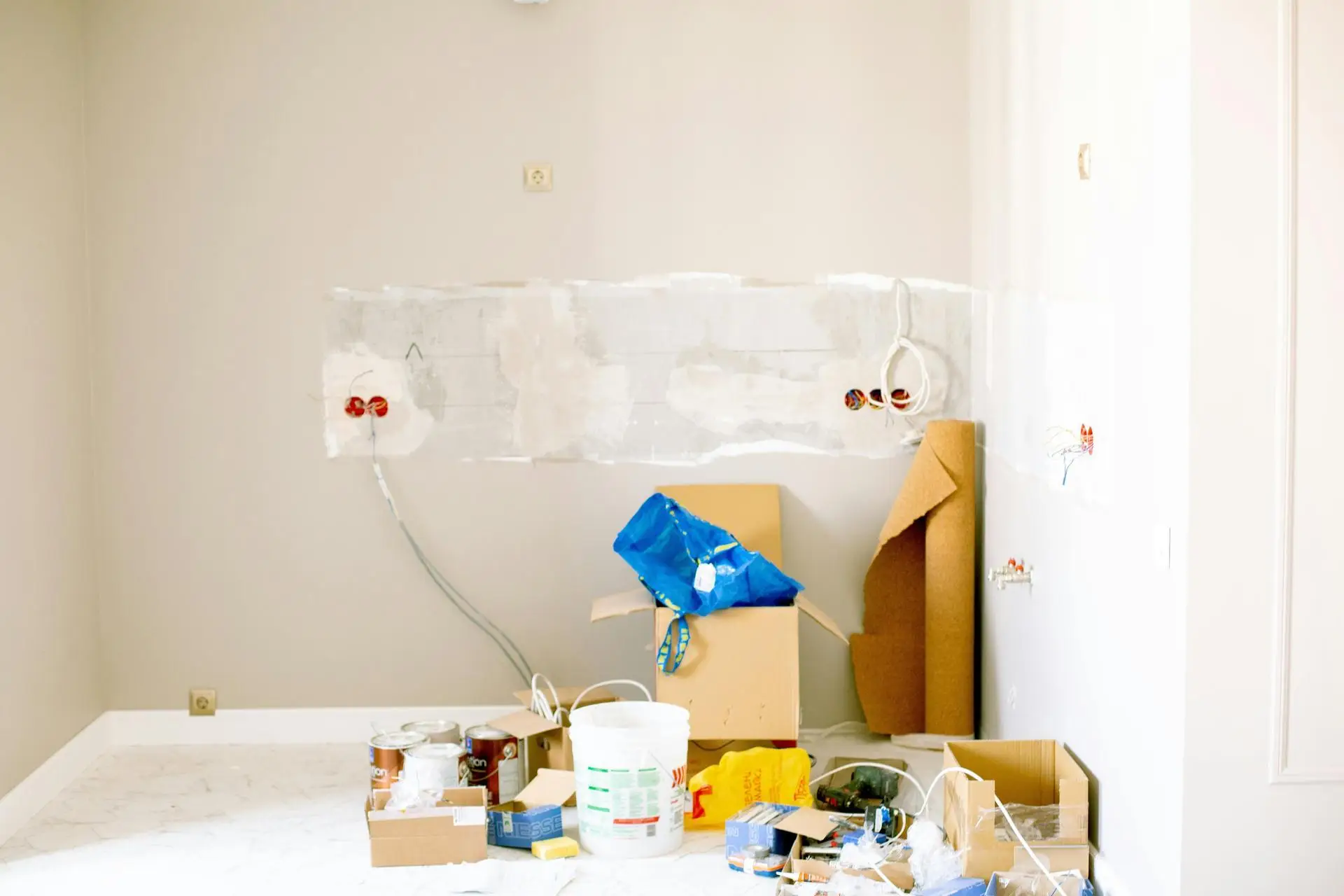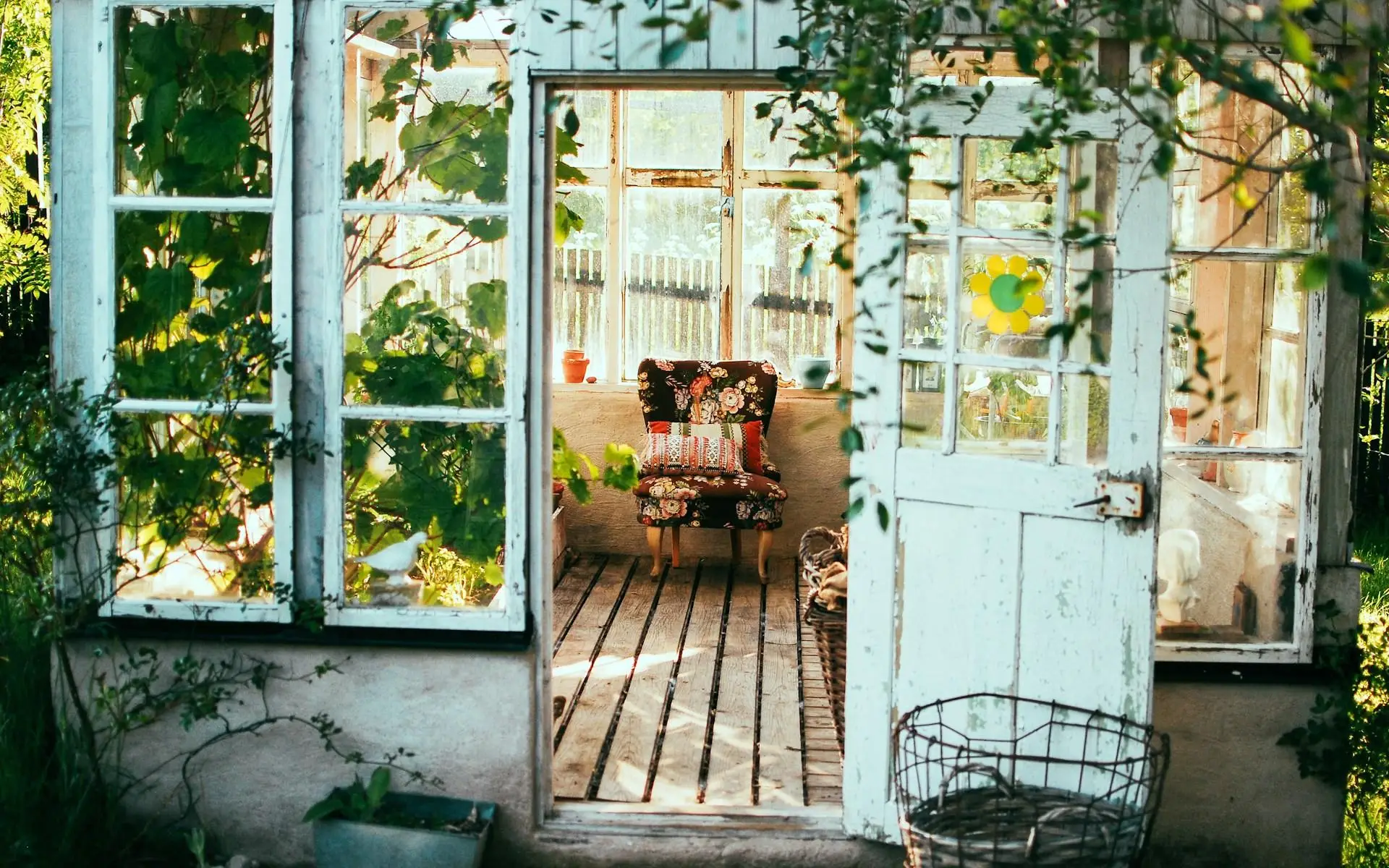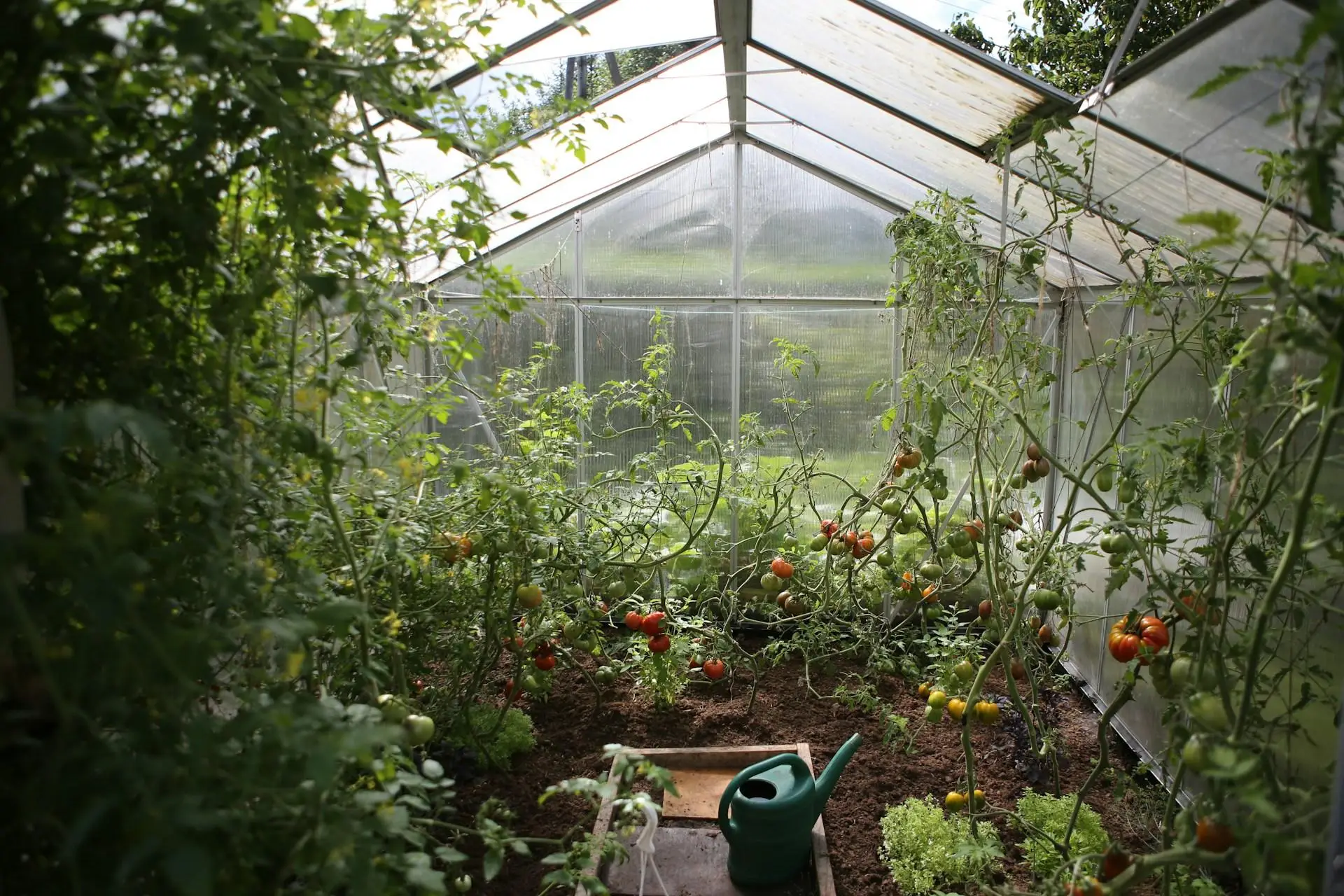Revitalizing Vintage Furniture Through DIY Projects
In the age of fast furniture and disposable decor, DIY furniture restoration stands out as a creative and eco-friendly alternative. This process involves breathing new life into old furniture pieces, allowing them to serve not only practical purposes but also aesthetic ones within homes. In a world increasingly aware of sustainability, restoring existing furniture not only saves money but also contributes to reducing waste and minimizing the carbon footprint associated with manufacturing new items. This article serves as a comprehensive guide for individuals eager to embark on their own DIY projects, transforming unloved furniture into cherished treasures.
The Multifaceted Benefits of DIY Furniture Restoration
Cost-Effectiveness of DIY Projects
One of the most compelling reasons to engage in DIY furniture restoration is its cost-effectiveness. By restoring rather than purchasing new furniture, one can significantly cut costs. Often, individuals can utilize materials and tools they already possess, such as brushes, sandpaper, and paints, thereby minimizing out-of-pocket expenses. Moreover, many restoration projects can be undertaken for a fraction of the price of new, comparable furniture.
Positive Environmental Impact
Engaging in DIY projects to restore furniture also holds immense environmental benefits. Reusing and revamping old furniture aids in reducing landfill waste, a pressing concern in today's consumer-driven society. By opting to refurbish rather than discard, restorers play a crucial role in decreasing the overall demand for mass-produced furniture, thus contributing to a healthier planet and a reduced carbon footprint.
Personal Satisfaction and Customization
The joy of creating something through one's own efforts cannot be overstated. DIY restoration projects offer a unique opportunity for customization, allowing individuals to tailor their furniture pieces to their personal tastes and home decor. Successfully completing a project not only instills a sense of pride but also results in one-of-a-kind furnishings that tell a story, contrasting starkly with the uniformity of store-bought items.
Preparing for Your DIY Restoration Adventure
Selecting the Right Furniture
Before diving into restoration, it is essential to select suitable furniture pieces for your DIY projects. Look for items that are structurally sound, even if they show signs of wear. Understanding the material and history can also enhance the restoration experience, increasing appreciation for the piece's character and potential value.
Gathering Essential Tools and Materials
Once a piece is identified for restoration, the next step is to gather necessary tools and materials. Basic tools such as screwdrivers, hammers, and sandpaper are staples in any DIY toolkit. Additionally, consider paints, stains, sealants, and upholstery fabric that align with your envisioned finishing touches for your project.
Designing Your Restoration Plan
Creating a structured plan before initiating any project can streamline the process significantly. Brainstorm improvements in style and functionality, and develop a comprehensive checklist detailing each step of the restoration journey. A clear vision sets the stage for a successful and enjoyable project.
Step-by-Step Guide to DIY Furniture Restoration
Thorough Cleaning and Comprehensive Assessment
Begin your project with a detailed cleaning regimen to reveal the true condition of the furniture. This step helps identify damage and necessary repairs, setting a solid foundation for restoration.
Repairing Structural Issues
Addressing structural problems is crucial before applying any aesthetic changes. Fixing joints, tightening screws, and replacing worn hardware will prolong the furniture's life. Surface damage such as scratches or dents should also be treated, as these can affect the final appearance.
Techniques for Sanding and Preparing for Finish
Sanding requires specific techniques based on the material of the furniture. For example, finer-grit sandpaper works well on wood, while metal might require a different approach entirely. This step is vital before applying your chosen finish, whether paint, stain, or varnish.
Creative Painting, Staining, or Upcycling
Utilize various techniques for applying paint or stain. One might consider creative ideas such as decoupage with decorative paper or fabric overlays for a unique touch. Upcycling offers endless possibilities for turning an ordinary piece of furniture into something extraordinary.
Adding the Final Touches
This step encompasses adding hardware, such as handles or knobs, which can enhance the design and functionality of the piece. Applying protective coatings not only preserves the finish but also ensures durability and long-lasting beauty.
Inspiring DIY Project Ideas for Furniture Restoration
Refinished Wooden Chairs
Start with a simple project like refinishing wooden chairs. Using the steps above, find a color scheme that complements your home’s decor and select stains or paints to bring out the character of the wood.
Upholstered Pieces with a Twist
Consider reupholstering a couch or chair as an exciting project. Choose fabrics that reflect your style while harmonizing with existing decor, bringing a fresh look to classic pieces.
Vintage Desk Makeover
Transform an old desk into a functional piece perfect for modern needs. Ideas for color variations and storage optimization can breathe new life into a workspace, blending vintage and contemporary styles seamlessly.
Coffee Table Revamp
Revamping a coffee table offers numerous creative avenues. Experiment with unique finishes or designs, and consider incorporating practical features like drawers or hidden storage compartments to elevate functionality.
Tips for Successful Furniture Restoration
Successful furniture restoration hinges on three critical elements: patience, openness to learning, and community engagement.
Patience and Attention to Detail: Quality restoration takes time. Emphasize careful work over speed, and remain calm during challenging stages of the project.
Learning from Mistakes: Embrace the learning process. Each mistake presents an opportunity for growth, and there are myriad resources, from books to online tutorials, to help hone one's skills.
Joining a Community: Engaging with a community offers support and inspiration. Share projects, seek feedback, and connect with others who share a passion for DIY projects to enrich the restoration journey.
Embrace the Art of DIY Furniture Restoration
In summation, DIY furniture restoration not only fosters creativity but also champions sustainability, personalization, and cost-effectiveness. Each restored piece holds its own story and carries with it a testament to the skills and passion of its creator. The potential of every forgotten item is limited only by one’s imagination and effort. By embarking on your furniture restoration projects, individuals can craft unique statements within their homes while contributing positively to the broader environment. Each project presents the opportunity to create, learn, and appreciate the beauty of restored craftsmanship.









